Table of contents
Table of contents
4. The development trend of MCU
2. Cortex core classification and characteristics
3. Introduction of Cortex-M3/4/7
1. Learn to read the data sheet
Introduction to common development tools
1. Introduction to common development tools
2.3 Install MDK and Device Support Package
3. Install the emulator driver
4. Install the CH340 USB virtual serial port driver
4.1 Install CH340 USB virtual serial port driver
4.2 Why install the CH340 USB virtual serial port driver
4.3 Function of USB virtual serial port
Introduction to MCU
1. What is a microcontroller
Single-Chip Microcomputer, a single-chip microcomputer, is an integrated circuit chip.
Microcontroller Unit, MCU microcontroller unit
SoC, System on Chip system on chip


Calculation method of memory capacity: 64-bit computer / 8 bits per byte = 8 bytes per access, 8 bytes * 5GHz/s = 40GB/s
32-bit MCU/8 bits per byte = 4 bytes per access, 4 bytes * 72MHz/s is approximately equal to 300MB/s
Calculation method of hard disk capacity: The flash memory speed of 32-bit single-chip microcomputer is 24MHz/s, 4 bytes * 24MHz/s is approximately equal to 100MB/s
Power consumption calculation method: The rated voltage of stm32 is 3.3V*the maximum current is 150mA=0.495W, and the power consumption is less than this number.
Five characteristics of single-chip microcomputer:

2. What is the use of MCU

3. Development history of MCU

4. The development trend of MCU
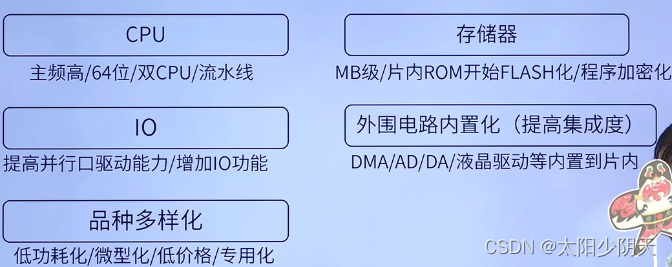
5. CISC VS RISK
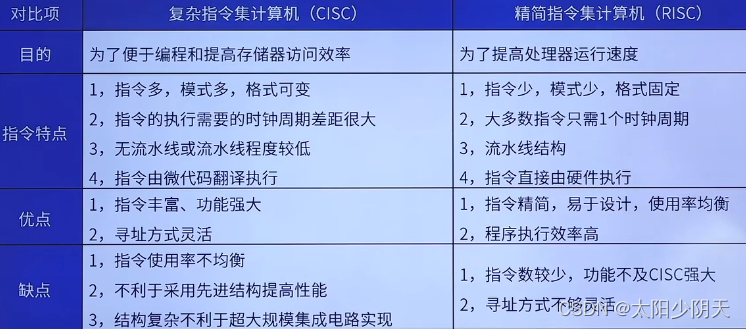
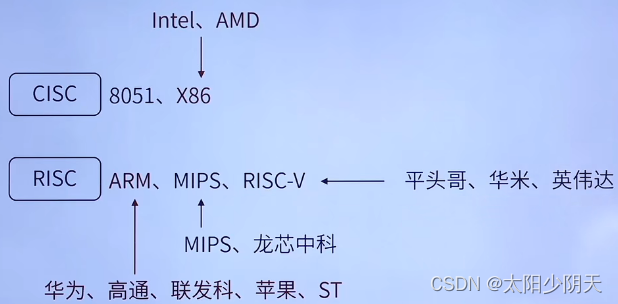
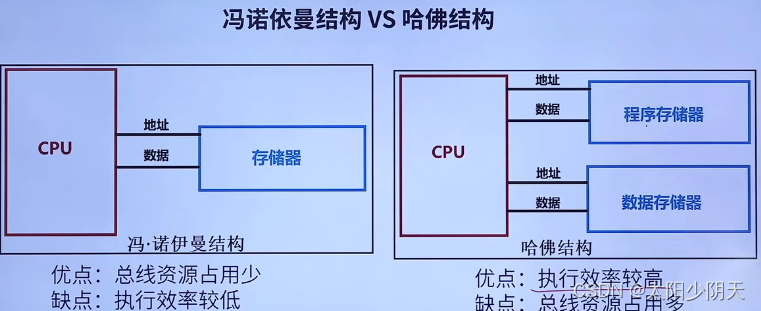
6. Class Summary
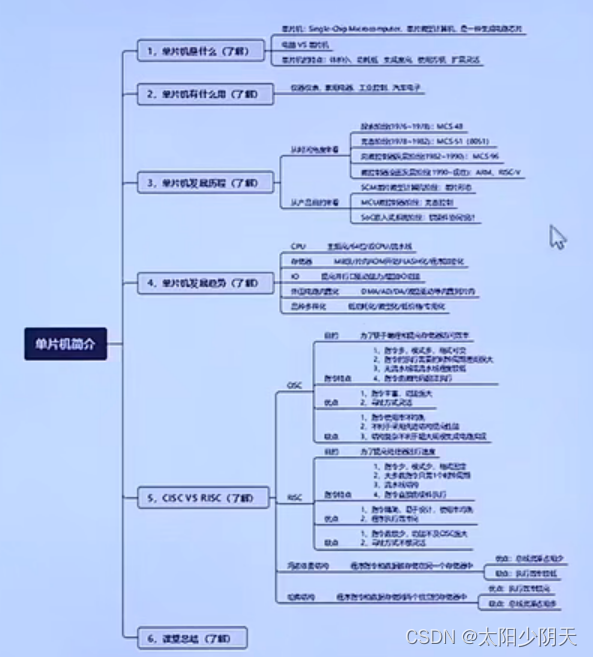
Cortex-M Series Introduction
1. ARM Corporation
ARM company: only do core design and IP licensing, not involved in chip design.
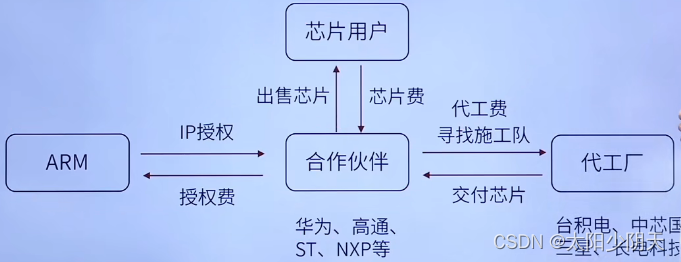
Why can the ARM architecture be popular all over the world?
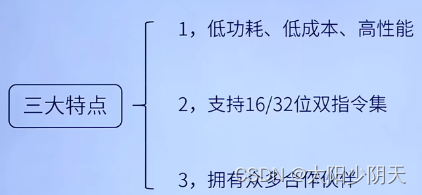
2. Cortex core classification and characteristics

3. Introduction of Cortex-M3/4/7
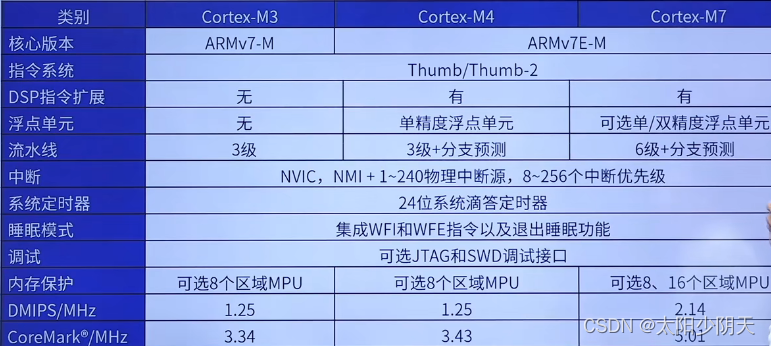
DMIPS: how many millions of instructions are processed per second
DMIPS/MHz: How many DMIPS can be generated per 1MHz frequency
Example: F1 MCU main frequency is 72MHz, use 1.25 DMIPS/MHz * 72 = 90 DMIPS
4. Class Summary
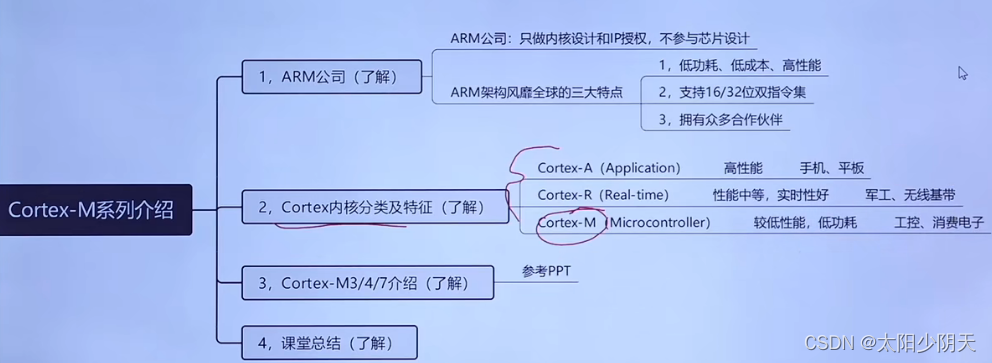
Getting to know STM32
1. What is STM32

(The series mentioned in the picture have been added, and can be viewed on the website ST Chinese Community Network)
2. STM32 chip classification
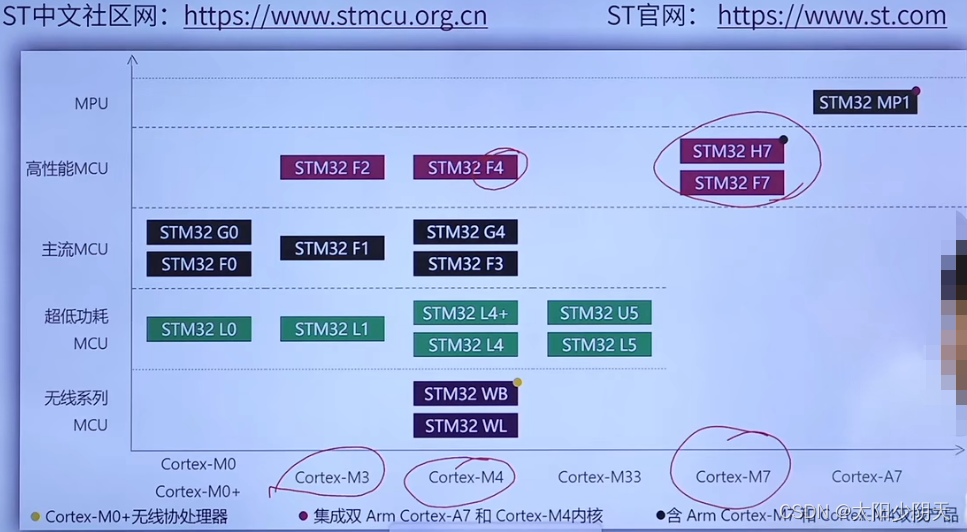
3. STM32 naming rules
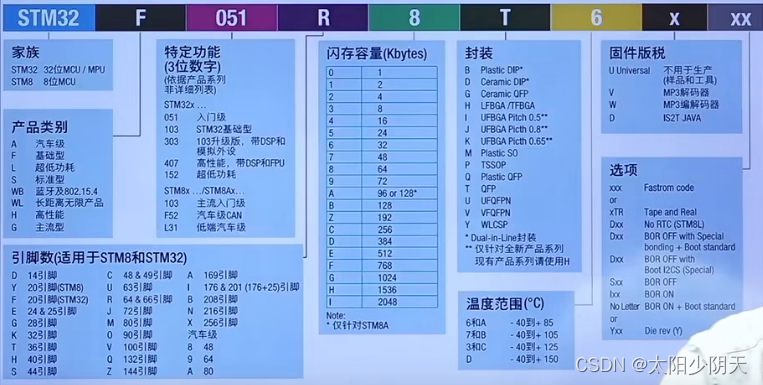
4. STM32 selection
Go to the community website to download the latest selection manual.
From high to low, from big to small.
(Performance) (SRAM, FLASH)
5. Class Summary
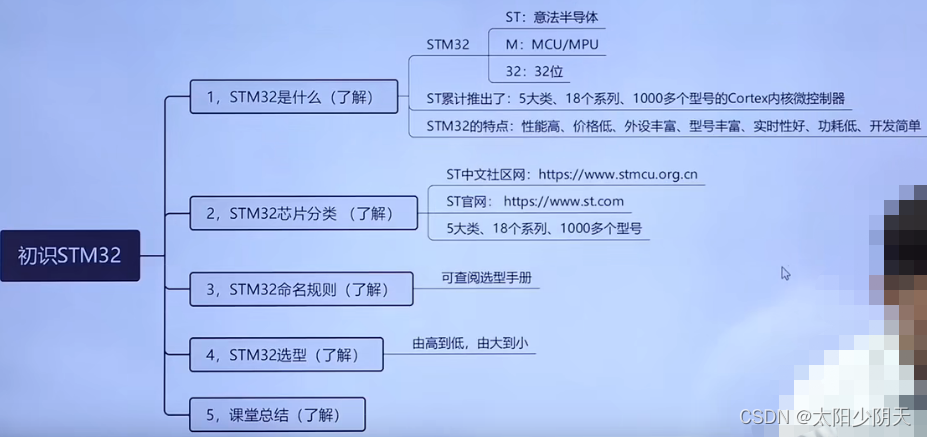
STM32 schematic design
1. Learn to read the data sheet
If we want to design a schematic diagram of an MCU, the first thing we need to do is to check its data sheet, check the relevant information of the chip, such as its electrical characteristics, etc. Without the data sheet, the schematic design will be impossible.

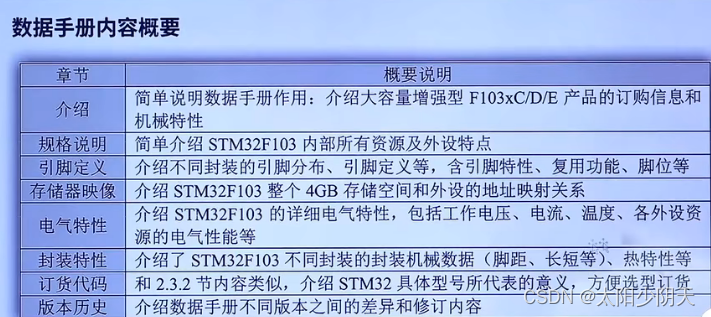
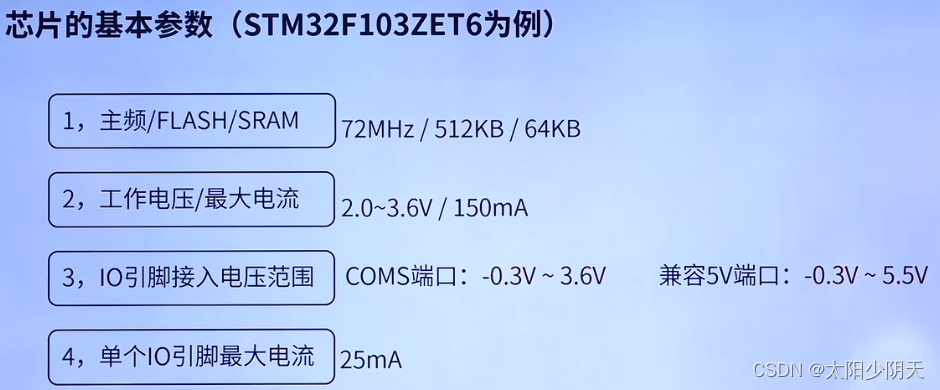
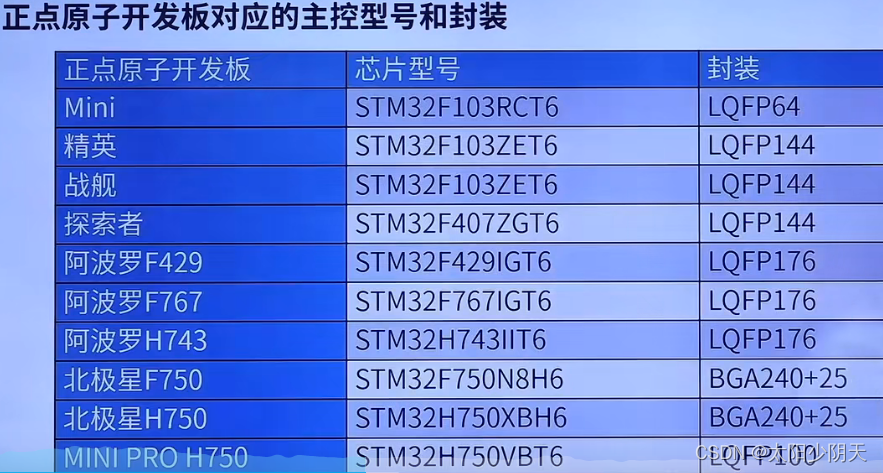
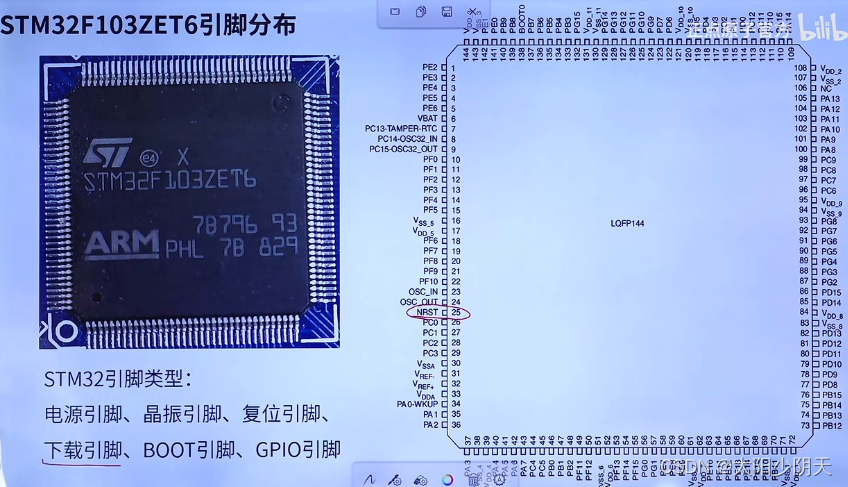
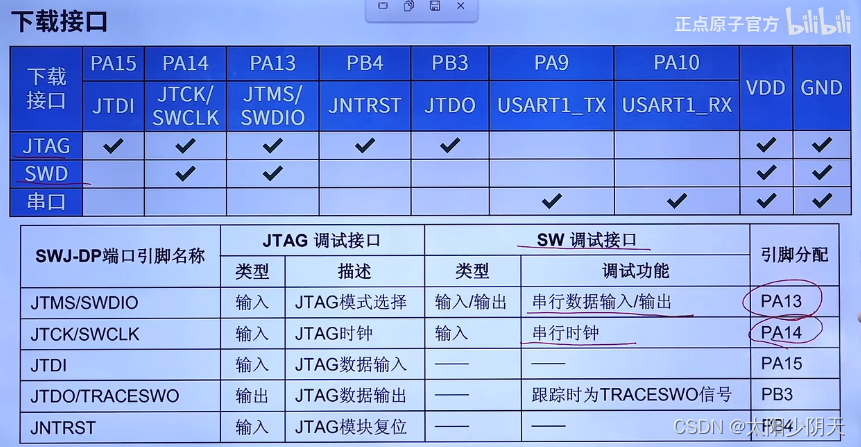
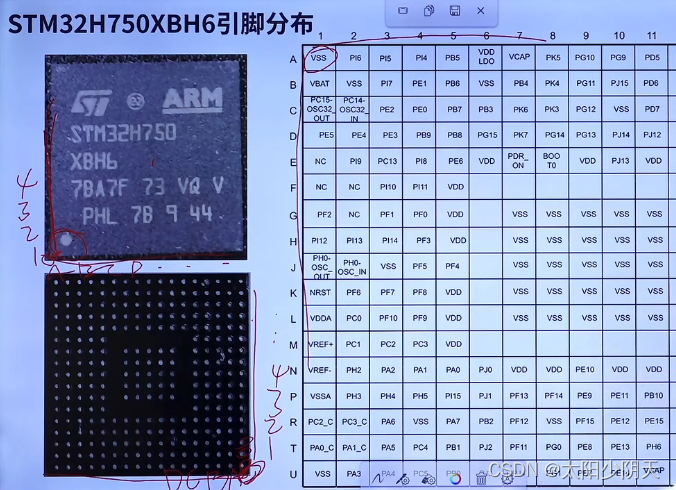
2. Minimal system
The schematic design of any MCU follows the design principle of minimum system + IO allocation.
Minimum system: The minimum circuit component unit that ensures the normal operation of the MCU.
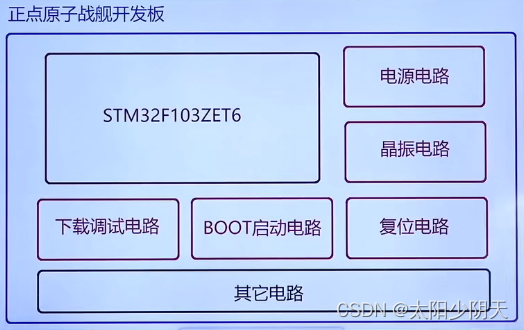
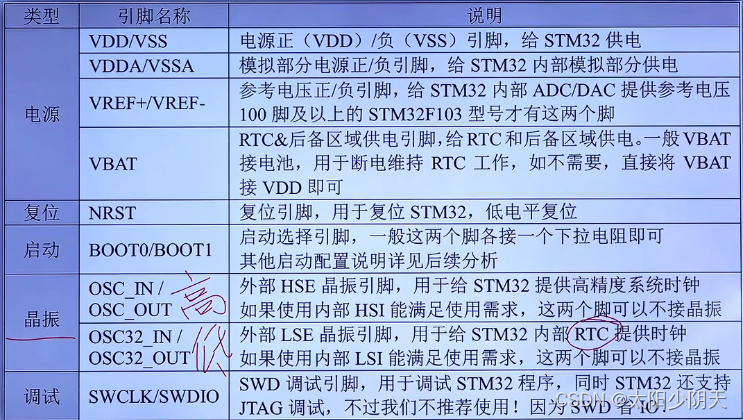
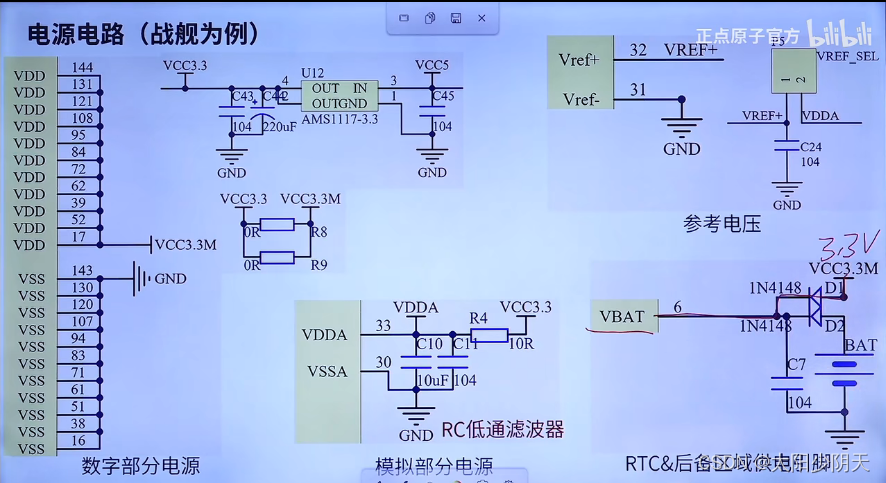

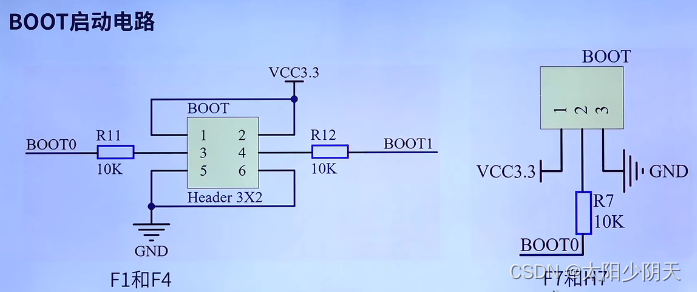
Connect the short-circuit cap, and then ground through the pull-down resistor
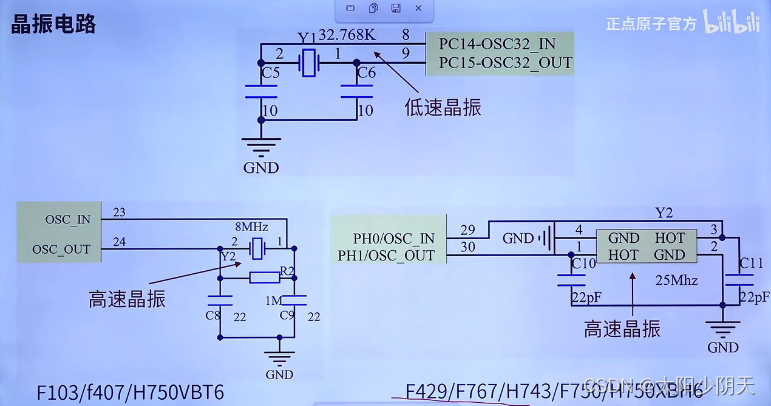
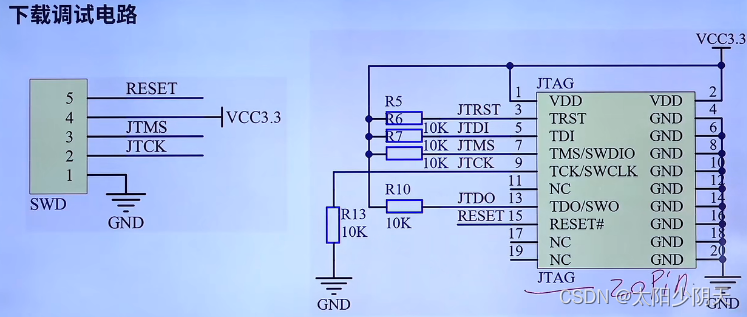
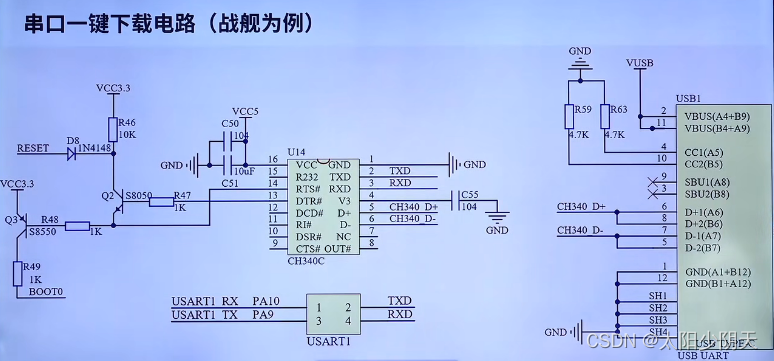
3. I/O allocation
Prioritize the allocation of specific peripheral IO, then allocate general IO, and finally fine-tune.
4. Class Summary
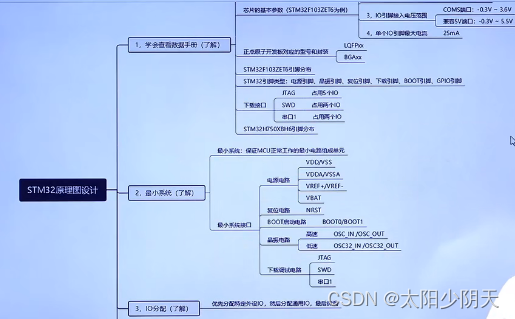
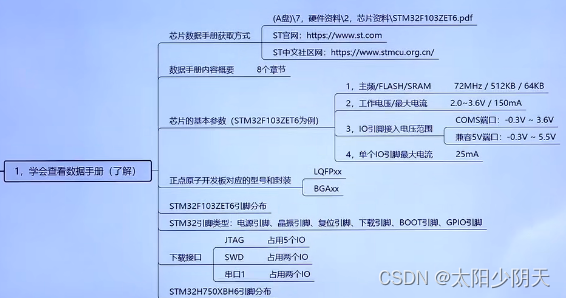
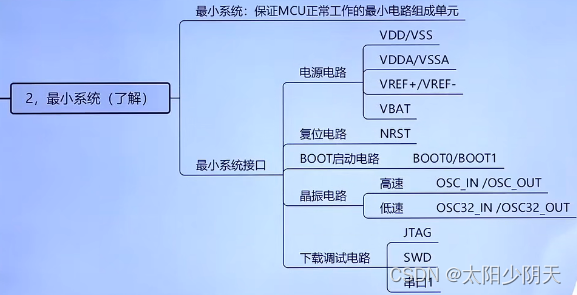

Introduction to common development tools
1. Introduction to common development tools
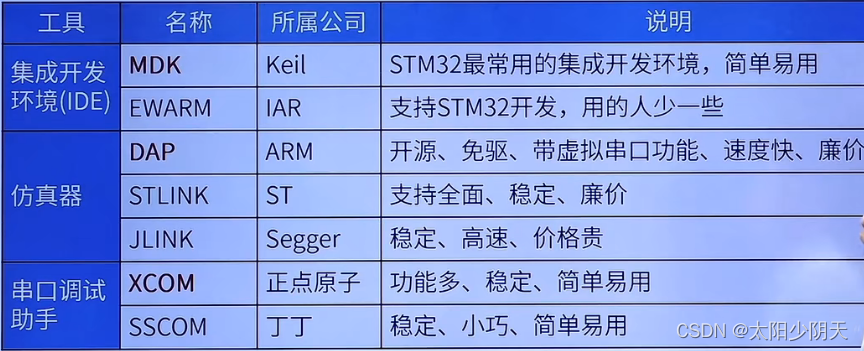
2. Install MDK
2.1 Introduction to MDK

2.2 How to get MDK
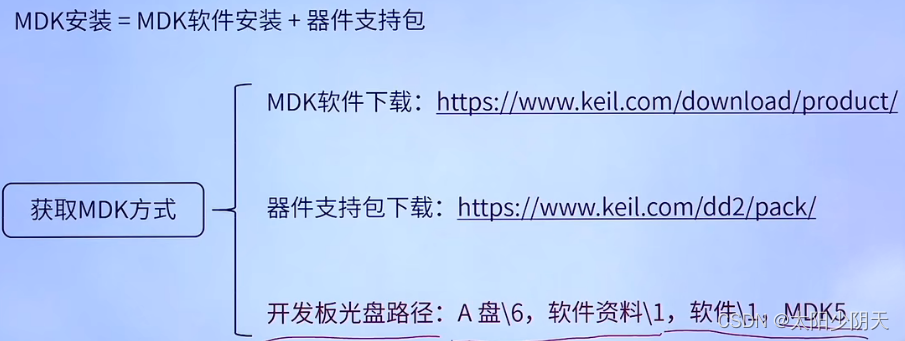
2.3 Install MDK and Device Support Package

![]()
Double-click the pre-downloaded device support package to directly add it to the MDK.
The third step is limited to the three development boards of STM32H750 MINI PRO, Polaris F750, and Polaris H750.
The installation process of MDK5.14 is as follows:

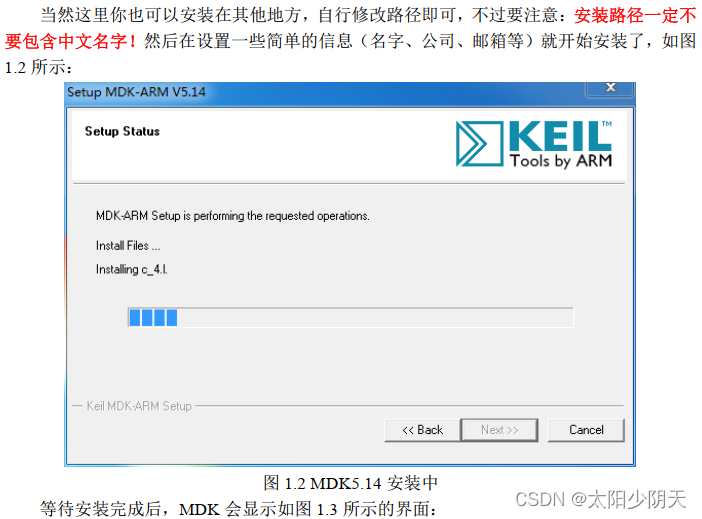
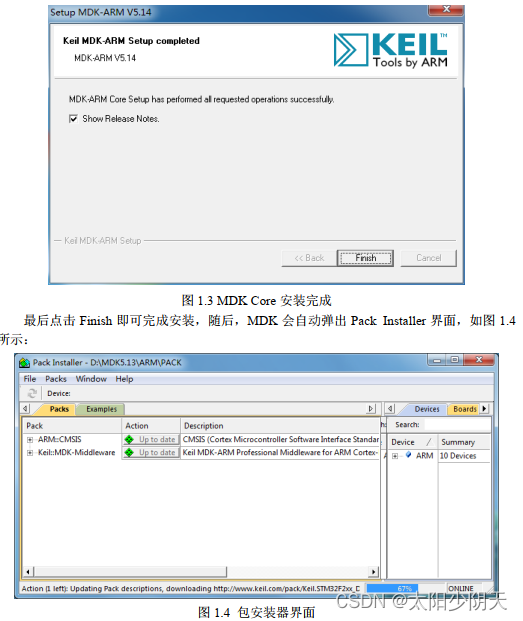
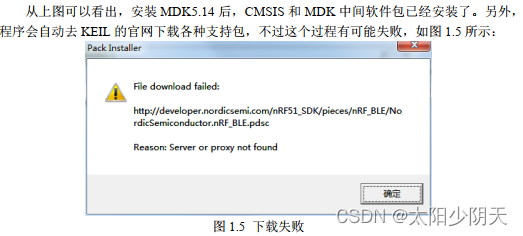

MDK5.14 crack

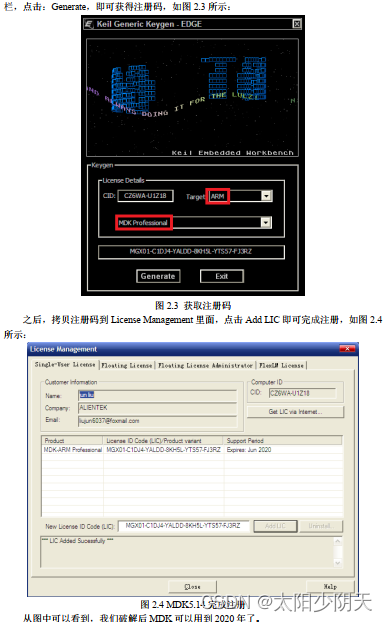
Note: The above has expired, download MDK5.3.8a please refer to:
(If the registration machine has expired, it is not difficult to find it by searching online.)
3. Install the emulator driver
The DAP emulator is driver-free, so there is no need to install the driver;
![]()
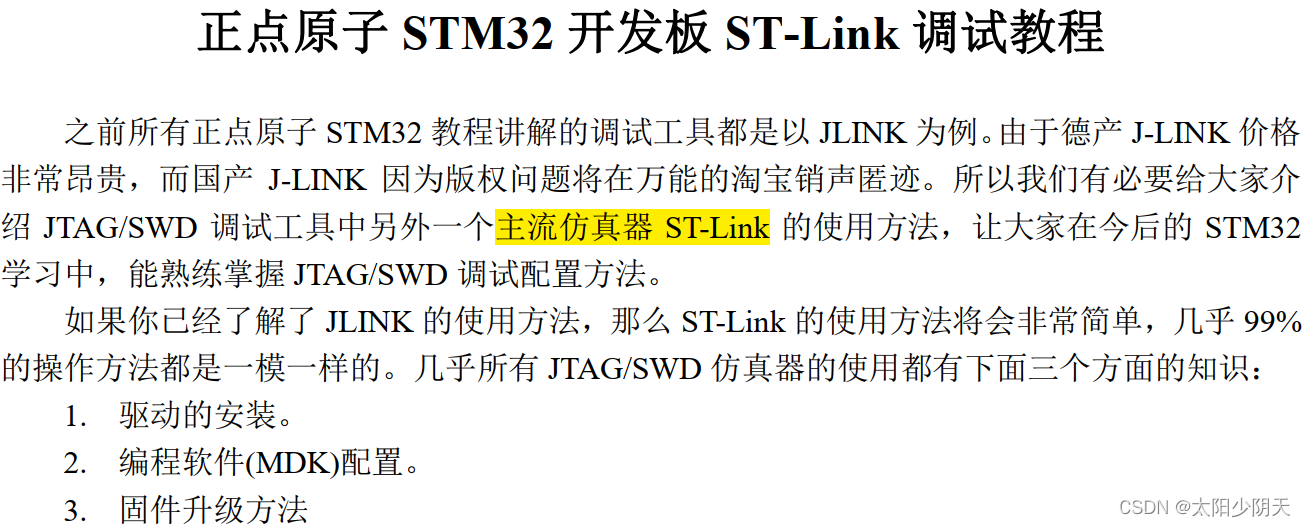
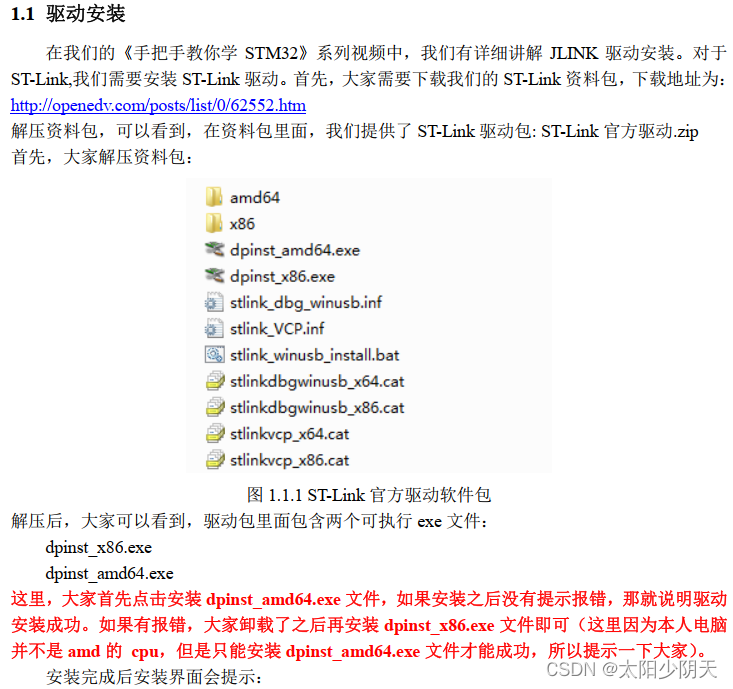

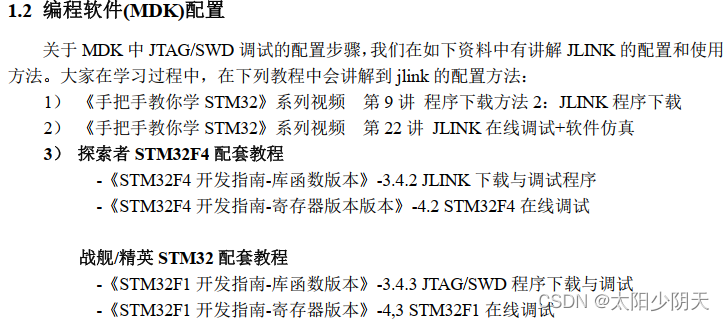
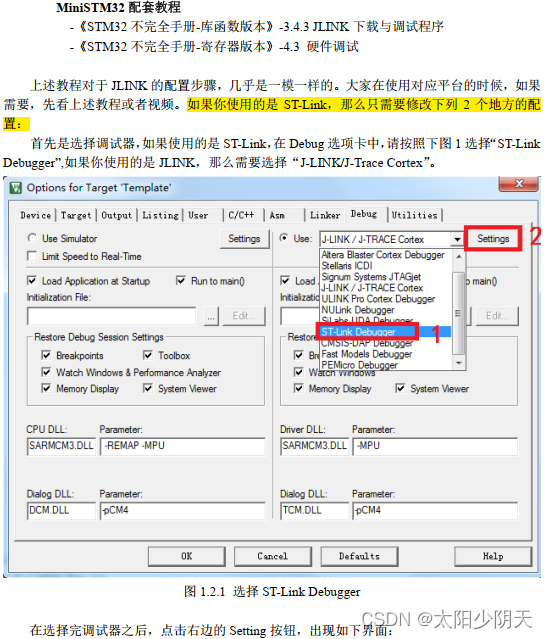
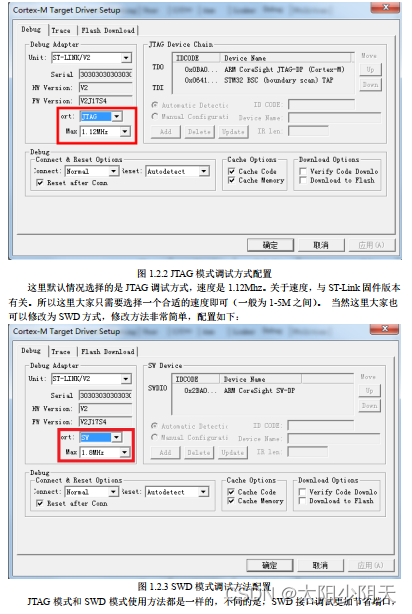
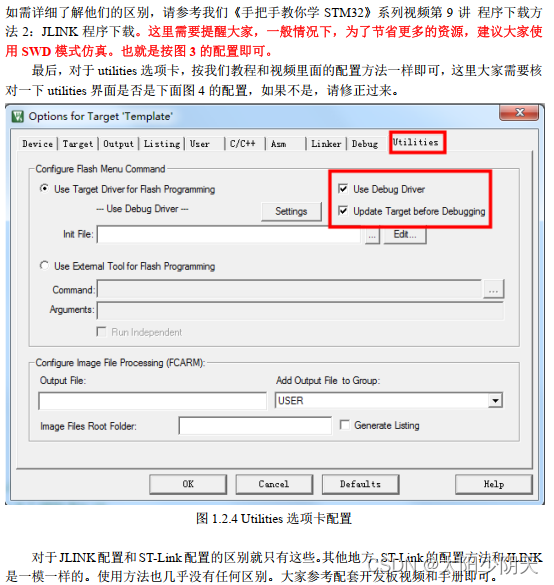

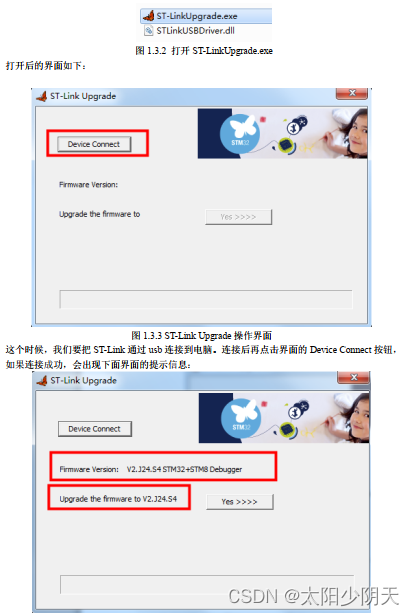
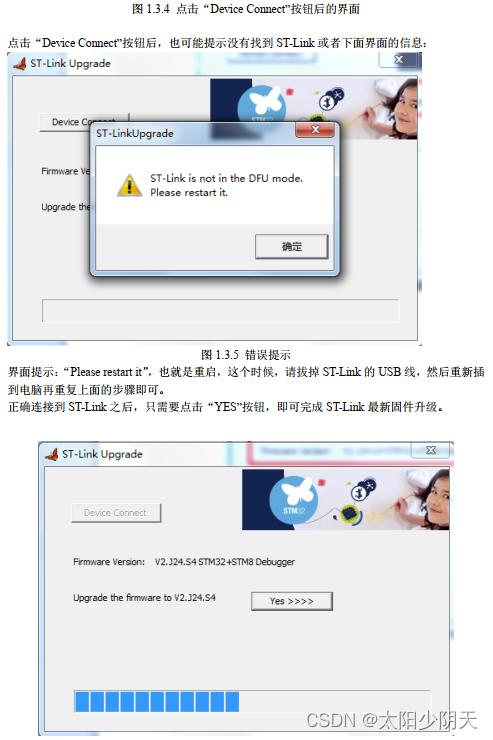


4. Install the CH340 USB virtual serial port driver
4.1 Install CH340 USB virtual serial port driver
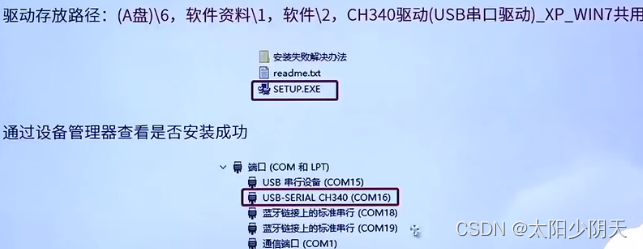
Note: My computer is win10, and the file adaptation is win7. The first time it prompts that the pre-installation is successful, but after connecting the board to the computer, it prompts that it cannot be recognized. After checking the information, the solution is to connect the board to the computer first, then turn on the switch of the board, and then install the driver, and the installation can be successful. If you don't succeed once, try again. Finally, it prompts "Installation successful".
4.2 Why install the CH340 USB virtual serial port driver
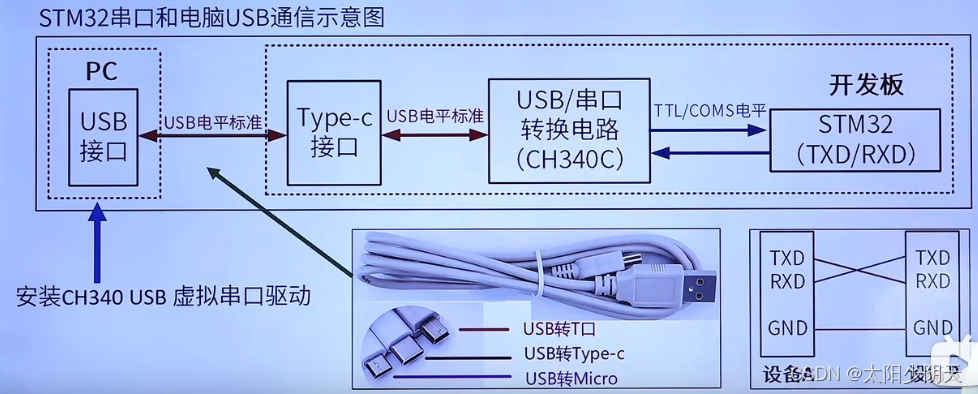
4.3 Function of USB virtual serial port

5. Class Summary
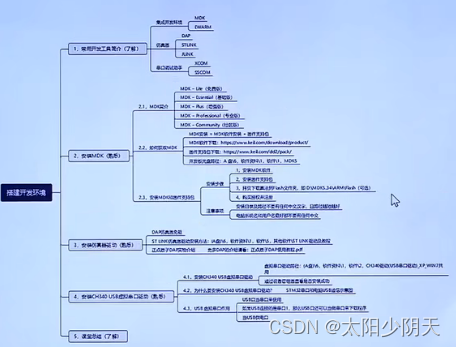
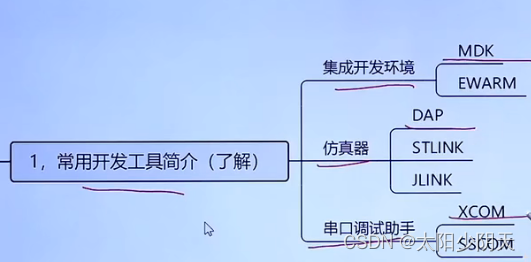
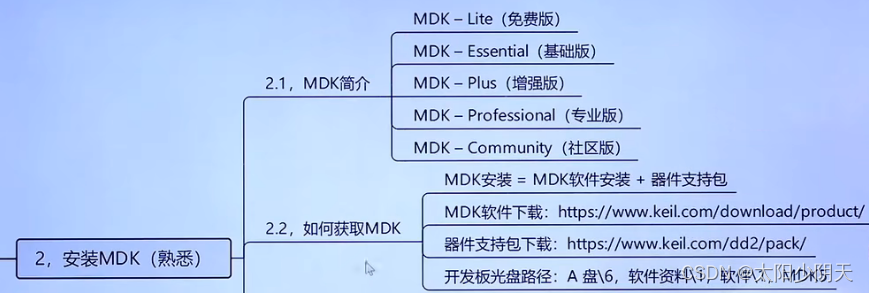




After writing here, I found that watching their development guide will be more efficient, and video lessons are too time-consuming. Not recorded anymore.
The content is organized from: [Punctual Atom] Teach you to learn the complete works of STM32 HAL library development_哔哩哔哩_bilibili